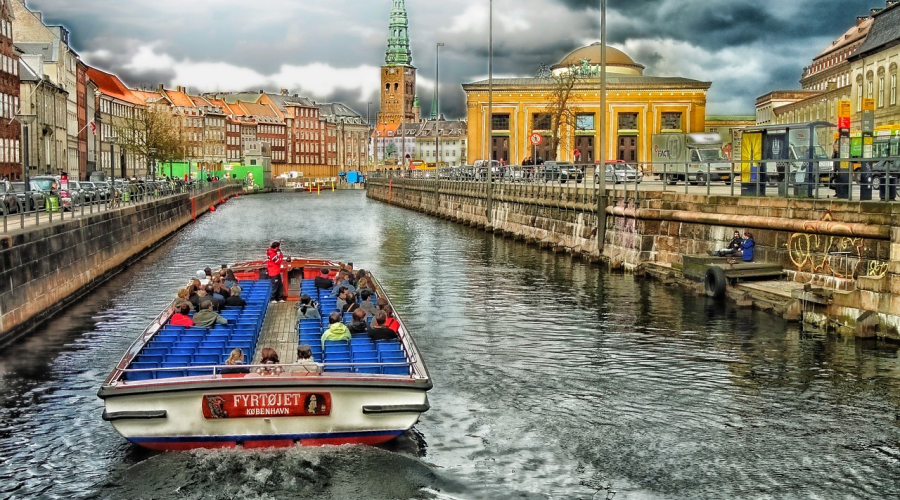Efficient Framework for Industrial Design Protection in Denmark

Industrial Design Protection in Denmark — Overview of Requirements and Procedures
Denmark provides a well-defined and efficient framework for the protection of industrial designs through the Danish Patent and Trademark Office (DKPTO). This system ensures that innovative visual creations - ranging from product shapes to decorative patterns - are properly safeguarded. Below is a comprehensive overview of the filing requirements, examination process, and protection term for industrial designs in Denmark, written for clarity and global accessibility.
Authority:
- Danish Patent and Trademark Office (DKPTO), www.dkpto.org
Terms of Protection:
- A Danish design registration is valid for a maximum of 25 years, granted initially for 5 years and renewable every 5 years thereafter.
Filing Deadline:
- Paris Convention applications must be filed within 6 months from the earliest priority date.
Required Documents:
- Representations / Pictures
- Brief description
- Certified copy of priority document (DAS available)
- Ownership Statement / Employment Statement / Priority Assignment
- Locarno classification number
Process & Procedure:
- A Danish industrial design refers to the shape and appearance of a registered product, and the scope of protection covers the overall visual impression, including lines, contours, colors, shapes, and structures. A Danish industrial design must possess novelty and individuality, distinguishing it from other designs. This means that the overall impression of the design must be clearly different from any known product. An industrial design is a product or a part of a product. It may be a three-dimensional form of the product itself or part of it, such as the leg of a chair. It may also be a two-dimensional ornamentation of the product, such as a pattern. Design protection applies to almost anything that has an appearance and can be visually represented. For example, product packaging, product details, fonts, shapes, and patterns can be protected. However, a design must have a permanent shape to be registered, which means that liquids, lotions, and similar substances cannot be protected. The DKPTO conducts only a formal examination of industrial designs, such as whether they violate public order and morality, and whether more than one design is included in a single application.
- Foreign applicants are not required to appoint a local patent attorney.
- The clarity of the design images is a prerequisite for determining the filing date of the industrial design.
- The Locarno Classification number must be provided.
- Multiple designs may be included in one industrial design application, but they must belong to the same class in the Locarno Classification.
- Applicants may request deferred publication, which can be postponed for up to six months from the filing date. A request for deferred publication may be submitted at the time of filing a new application or before the authorization deadline. If a request for deferred publication has already been made, it may also be withdrawn during the examination process.
Grace Period for Novelty:
- Denmark provides a 12-month grace period prior to the filing date.
- With verifiable proof of date, applicants may demonstrate that they were the first to develop and disclose the design. This date certificate may serve as critical evidence in potential intellectual property disputes to establish ownership.
Grant and Renewal Maintenance Fee:
- There is no separate grant fee for industrial design registration in Denmark. The application fee includes the official fee for the first 5 years of protection. Subsequent renewal fees are due every 5 years, with the first renewal required within 5 years from the filing date.
Granting Time:
- The average processing time for design registration is approximately 3 - 4 weeks, making Denmark one of the fastest jurisdictions for industrial design approval in Europe.
Conclusion
Denmark’s industrial design registration system combines clarity, flexibility, and efficiency - ideal for businesses seeking rapid and reliable protection of their product aesthetics. With straightforward formal requirements, optional deferred publication, and a generous novelty grace period, Denmark continues to foster an environment that values design innovation and creative expression.
